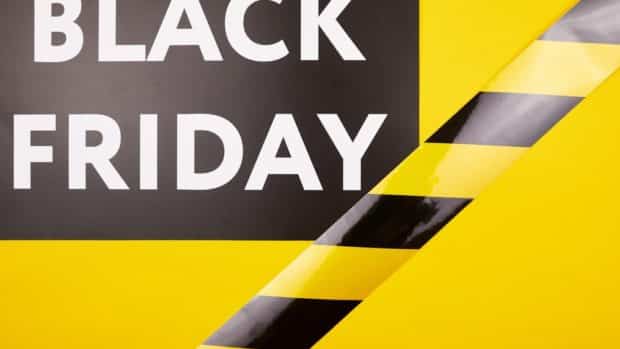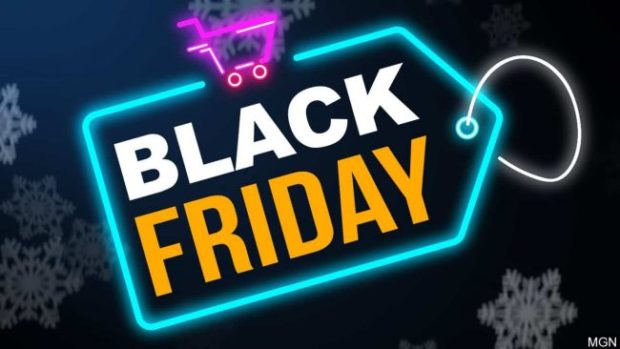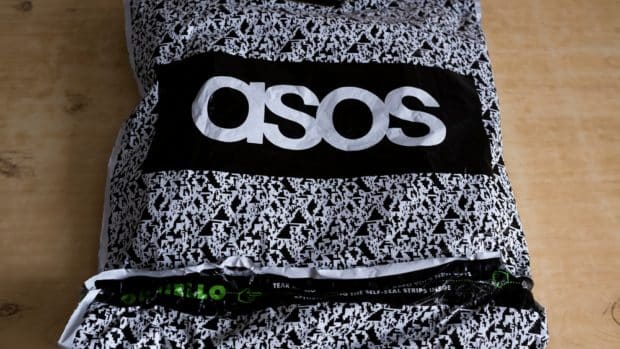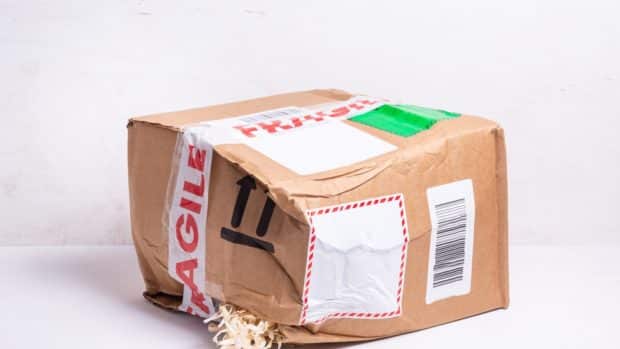Research from Royal Mail found that consumers are very clear that mail and email have different qualities which make them suited to different types of communication. Half of people (51 per cent)* surveyed said they prefer companies to use a combination of both mail and email to communicate with them.
The findings show that mail creates stronger emotional engagement between sender and recipient with the majority of people surveyed saying that mail grabs their attention, gives a better impression of the company and makes them feel more valued. Meanwhile, emails are considered good for follow-up and easy to file.
In further analysis of the Institute of Practitioners in Advertising (IPA) databank commissioned by Royal Mail, independent marketing consultant Peter Field** revealed that complementing marketing campaigns with mail pays. His study found that 27 per cent more campaigns that delivered high sales performance included mail than those that did not include mail in the mix. In addition, 40 per cent more campaigns that drove high acquisition levels contained mail than those without mail
The complementary strengths of mail and email
Research found that consumers are very clear that mail and email have different qualities which make them suited to different types of communication. Half of people (51 per cent)* surveyed said they prefer companies to use a combination of both mail and email to communicate with them.
The study revealed that consumers are very clear that mail and email have different qualities which make them suited to different things.
Mail is more suited for making people feel valued and achieving cut through. Specifically:
More than three times as many people (57 per cent) said receiving information from businesses in the mail made them feel valued, compared with email (17 per cent)*. This is an increase of 31% since 2007***
56 per cent of people surveyed said they spend time reading mail, an increase of 22 per cent since 2007***. Just under half as many people surveyed (27 per cent) said that was the case with email*
Almost twice as many people (56 per cent) said mail grabs attention, compared with email (31 per cent)*
55 per cent of people surveyed believe communications through the post delivers a brand impression.* Only 25 per cent said the same was true of email
Meanwhile, the study found advantages of email:
Almost six in ten (57 per cent) said email was good for follow up, compared to 21 per cent for mail*
Just over half (53 per cent) said email was easy to file. Four in ten (40 per cent) said that was the case with mail*
In further analysis of the Institute of Practitioners in Advertising (IPA) databank commissioned by Royal Mail, independent marketing consultant Peter Field** revealed that complementing marketing campaigns with mail pays. His study found that 27 per cent more campaigns that delivered high sales performance included mail than those that did not include mail in the mix. In addition, 40 per cent more campaigns that drove high acquisition levels contained mail than those without mail. Campaigns with mail achieved over twice (205 per cent) the market share growth than campaigns without mail in the mix.
Jonathan Harman, Managing Director Royal Mail MarketReach, said: “Our research shows that mail has a vital role to play in today’s digital world and it continues to be a powerful weapon in the marketer’s armoury.
“Email has advantages, not least its speed but consumers are clear that mail and email have different qualities which make each suited to different types of communication. Consumers say that mail’s core strengths have not only endured the digital revolution but many are actually stronger today than they were before the iPhone.”
The study is based on findings from Royal Mail Marketreach, Mail and Digital Part 1, Quadrangle 2013 and analysis of IPA Databank by Peter Field, 2013
Specific references are@
* Royal Mail MarketReach, Mail and Digital Part 1, Quadrangle 2013
** Royal Mail MarketReach, Meta-Analysis of IPA Databank, Peter Field 2013
*** Royal Mail, D loves E research, Quadrangle 2007








Share